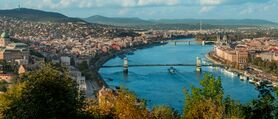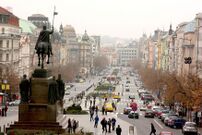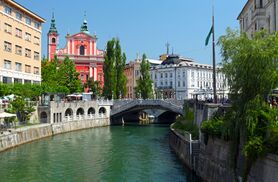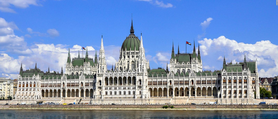Karsko
This article is incomplete because it is pending further input from participants, or it is a work-in-progress by one author. Please comment on this article's talk page to share your input, comments and questions. Note: To contribute to this article, you may need to seek help from the author(s) of this page. |
Karsko | |
|---|---|
| Karsko Autonomous Urban Zone | |
| Motto(s): "Lev Nikdy Nehovorí Márne" "The Lion Never Speaks Vainly." | |
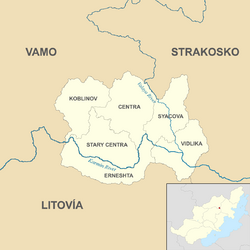 Map of Karsko Districts | |
| Capital of | Ostrozava |
| Government | |
| • Type | Self-governing federal town council |
| • Body | Karsko Urban Popular Council |
| • Councilor - Stred | (SSPT) |
| Elevation | 547 m (1,795 ft) |
| Population (2020) | |
| • Total | 3,319,812 |
| Demonym | Karskian |
| Time zone | UTC1 (Belisarian Central Time) |
Karsko, formally the Karsko Autonomous Urban Zone (Ostro-Ludzic: Autonómna Mestská Zóna Karskova), is the capital and second-largest city of the Prime Republic of Ostrozava. Known in the past as Haldis, it was founded sometime in the aftermath of the Ludic migrations to central and eastern Belisaria of the early 1st millenium out of an earlier Gothic settlement. Modern-day Karsko is named for the Karmin River, which runs through the area; it was first referred to under this name in the late 800s CE. As the seat of the Ostrozavan Prime government and several international organizations including the Interncontinental Telecommunications Union, Karsko is an important world political capital. Located on the Karmin and Valaya rivers bordering the Subprimes of Vamo, Strakosko, and Litovía, the city is larger than Valegoria by area, but not by population.
Karsko has become a multicultural city since the late 1980s, with a growing population of over 5 million people, and several large exurbs. The majority of the population is Ostrozavan, but there are significant minorities of other Ostrozavan ethnic groups, particularly Valdavians, as well as Ludvosiyans, Tsurushimans, Merovians, and Kupalnitsan Jews. Karsko is an important center of culture, education, and government. The city is home to several universities, museums, and theaters, and serves as a nexus of Ostrozavan Prime authority and a major transport, rail, and shipping hub. Since the late 2000s, Karkso has become one of the most visited cities in the Transkarminian region, with more than 15 million visitors annually; today, the majority of its income comes from tourism and shipping, with the IT and service industries serving as important subsectors.
